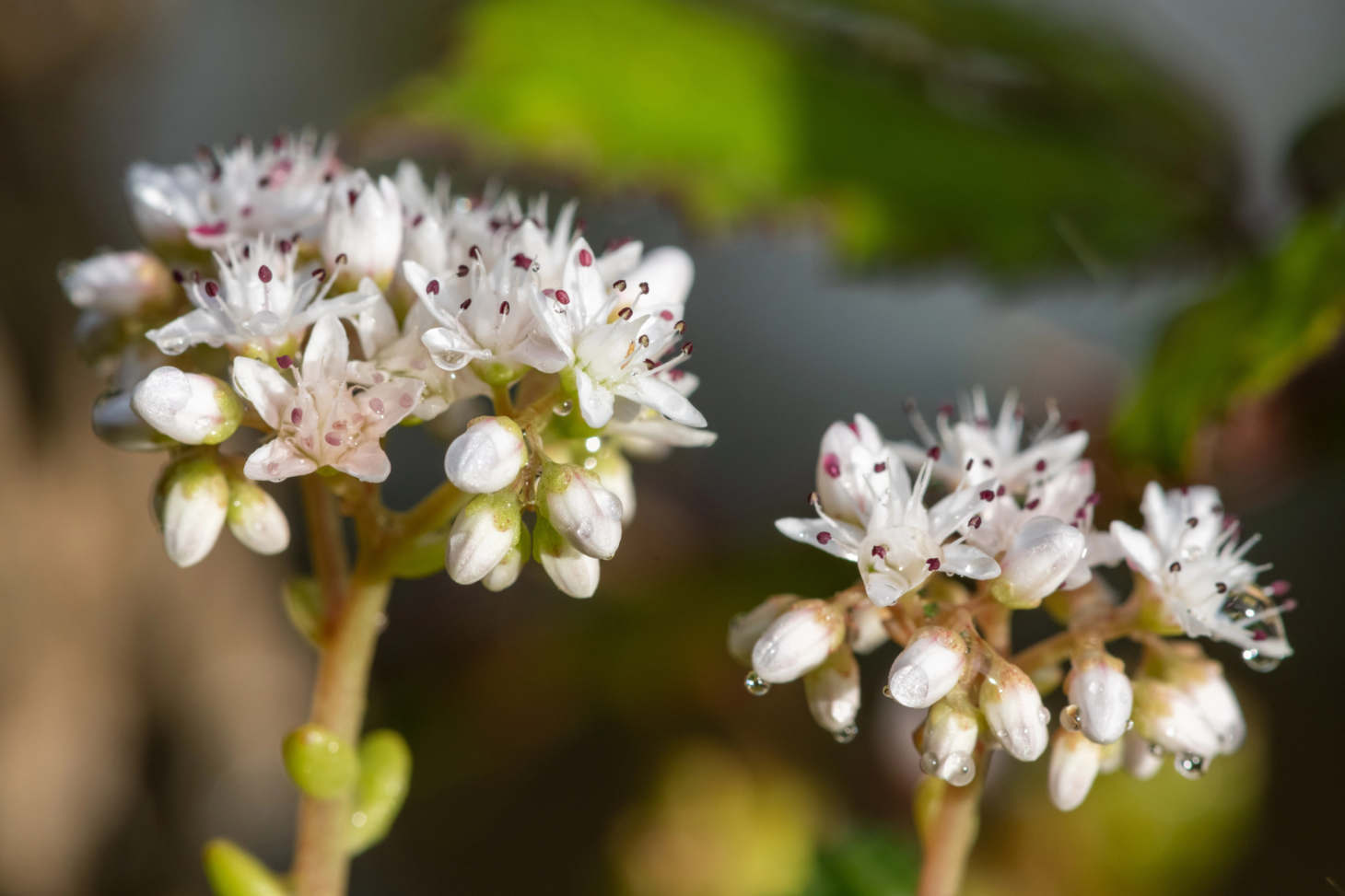Succulents With White Flowers
If you enjoy growing plants that are both easy to care for and beautiful, succulents with white flowers are a great choice. These plants combine eye-catching foliage with delicate, white blooms that can brighten up any space. Succulents that produce white flowers include types like Haworthia, Echeveria, and Kalanchoe, which stand out for their simple charm and ability to thrive indoors and outdoors.
You will find that many of these succulents need little water and can handle a range of light conditions, making them perfect for beginners or busy plant lovers. Their white flowers add a clean and peaceful look to your home or garden, and some varieties even bloom for several weeks. With the right care, you can enjoy these unique plants year after year.
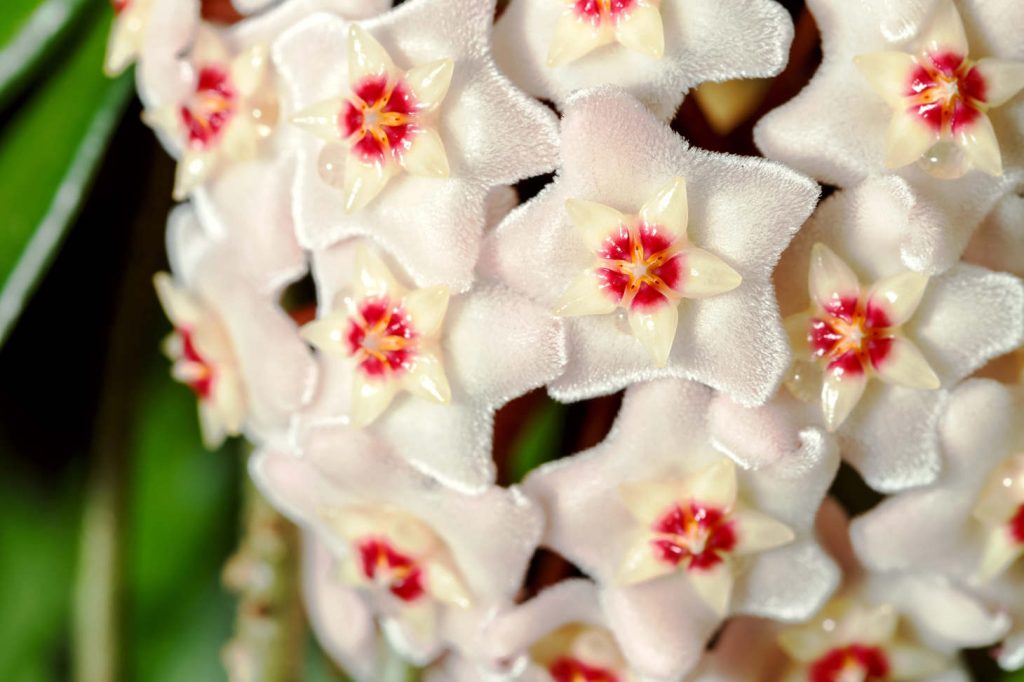
Key Takeaways
- Succulents with white flowers are easy to care for and look great.
- Popular types include Haworthia, Echeveria, and Kalanchoe.
- These plants work well in indoor and outdoor spaces.
Popular Succulents With White Flowers
Some succulent plants are well known for their distinct white flowers. You can find white blooms on both rosette-forming types and in species like aloes and euphorbia.
Aloes and Euphorbia With White Blooms
Many varieties of aloe are popular for both their leaves and flower spikes. While most aloe flowers are orange or red, some hybrids and certain species show off clusters of tubular white flowers, especially in well-lit spaces. These blooms rise above thick succulent leaves, creating a nice contrast.
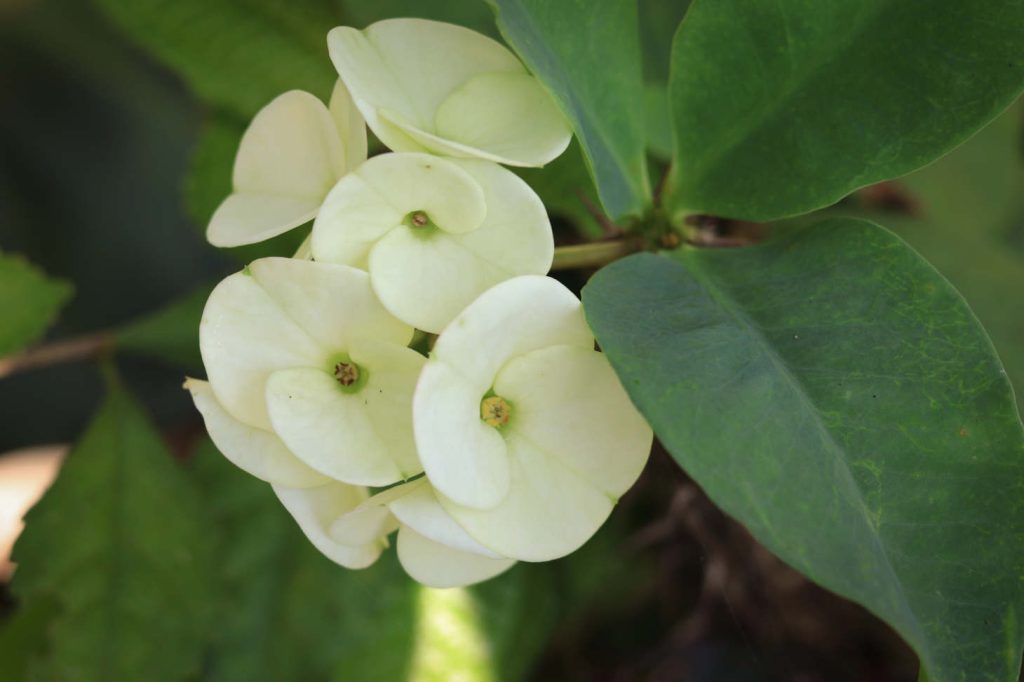
Euphorbia, often confused with cacti, features different shapes and sizes. Some, such as Euphorbia leucodendron, produce small white flowers that appear above the stems. The flowers are usually not showy, but they add interest and are easy to care for. Remember to handle euphorbias with care, as their latex sap can irritate your skin.
Sedums, Echeveria, and Other Rosette Types
Sedums are versatile, low-growing succulents known for clusters of tiny star-shaped white flowers. Varieties like Sedum album bloom white and make attractive ground covers in gardens and containers.
Echeverias are rosette-shaped succulents, and while many have colorful blooms, a few varieties may produce flowers with pale or whitish tones, especially in strong light. Their thick, powdery leaves add to the visual appeal even when not in flower.
Other rosette-forming succulents, like Graptopetalum and some Kalanchoe hybrids, can also show white or near-white flowers. Their compact growth makes them good options for windowsills or small pots. Pair them with other succulents for a colorful display that includes bright white flowers.
Cultivation and Growing Conditions
Succulents with white flowers are popular because they are easy to care for and look beautiful in gardens or pots. These plants thrive in specific light, soil, and watering settings that help them bloom and stay healthy.
Optimal Light and Temperature Requirements
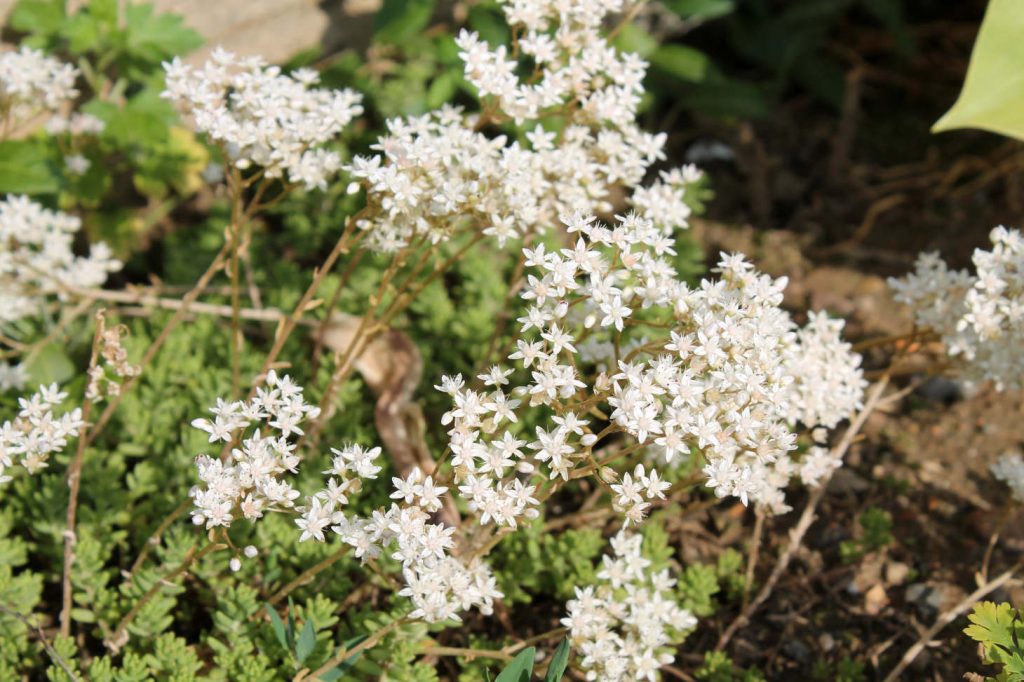
Many succulents with white flowers need full sun to thrive, especially if grown outdoors. Good sunlight encourages strong growth and more blooms. Echeveria, Sedum, and similar varieties do well with morning sun and partial shade in the afternoon, especially in hot areas.
If you keep succulents inside, put them near a window with bright, indirect light for best results. Temperatures between 60°F and 80°F (15°C to 27°C) are best. Avoid frost and sudden changes in temperature, as these can damage the plants.
Succulents make good choices for rock gardens and can handle warm weather. If your area stays cool, pick a variety that tolerates lower light or bring pots inside during cold nights.
Soil, Watering, and Fertilization Tips
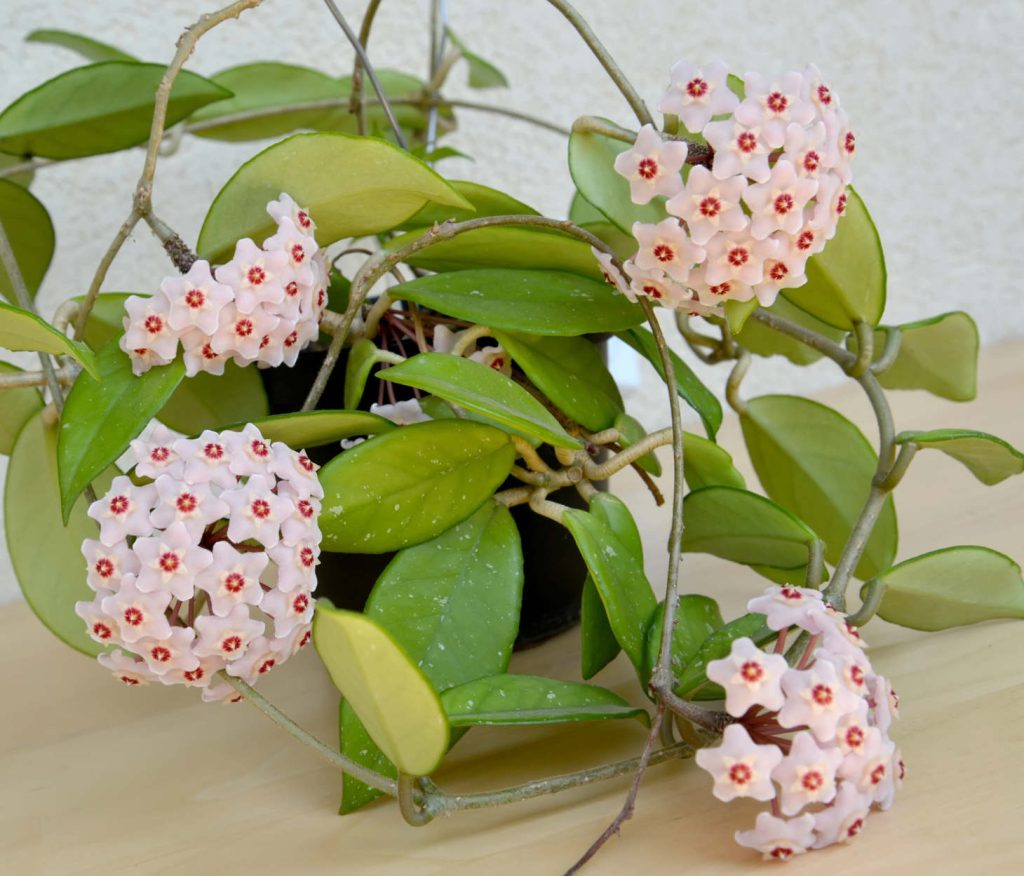
Use a well-draining soil mix made for succulents. This helps prevent root rot, which is common if the roots stay wet for too long. Make sure your pot or garden bed has drainage holes to let water flow out easily.
Water only when the top inch of soil feels dry. During the growing season, watering every 1-2 weeks is usually enough. In winter, reduce watering because the plant’s growth slows down. Too much water can cause problems.
Feed your succulent a balanced, low-strength fertilizer once a month during spring and summer. Do not fertilize during winter. Proper soil and watering make these plants suitable for use as ground cover in sunny spots.
Low Maintenance and Drought Tolerance
Succulents are known for being low maintenance. Once you plant them in a good spot with proper soil and sun, they need little attention. These plants are also drought tolerant, storing water in their leaves and stems so they can handle dry spells.
If you travel often or forget to water, succulents are a good choice. They rarely need pruning or special care.
Some varieties may offer even greater drought tolerance. Succulents work well for busy gardeners who want a resilient plant that can double as ground cover with minimal extra work.
Design and Uses in Gardens and Decor
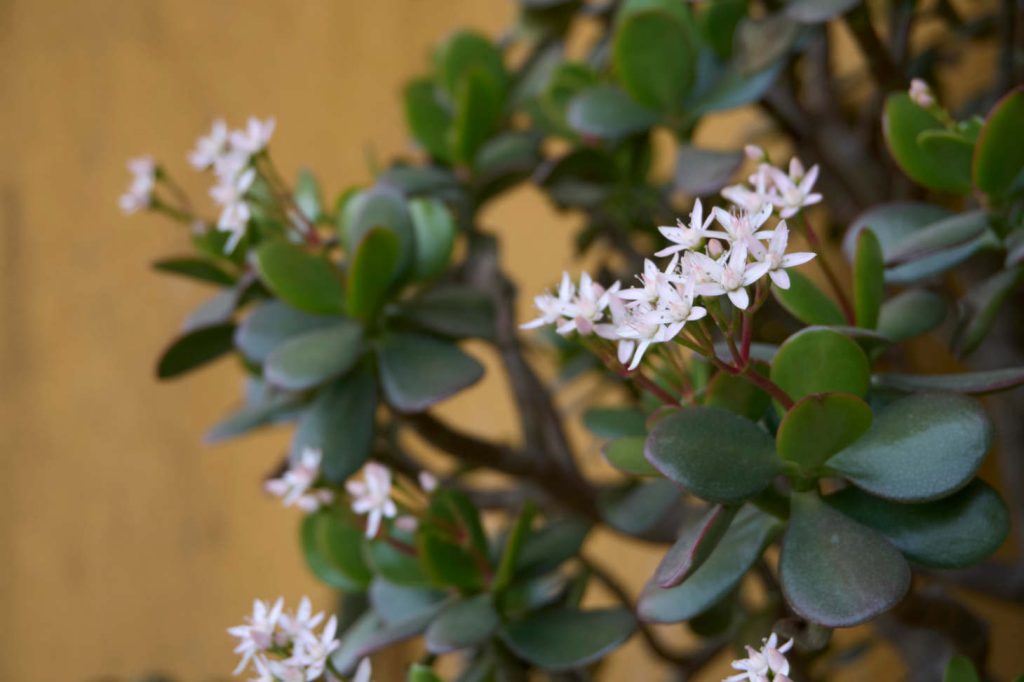
White-flowering succulents add a fresh look to many spaces. They stand out among other plants and can brighten up both outdoor and indoor areas.
Landscaping With Succulents Featuring White Flowers
When designing your landscape, succulents with white flowers work well as ground cover, borders, or accents in rock gardens. Echeveria, Crassula, and Sedum produce flowers in various shapes. Echeveria typically has bell-shaped flowers, Crassula can have small white flowers, and Sedum often produces star-shaped flowers.These blossoms contrast with the rich greens and blues of the succulent leaves.
Use white-flowered succulents to highlight paths or fill spaces between rocks. Their low water needs make them suitable for drought-tolerant gardens. Adding them near boulders or gravel also draws attention to the shapes and colors in your landscape.
For a layered look, mix different heights and textures. Try combining mat-forming varieties with taller succulents. This approach makes the white blooms pop and gives your garden a neat, organized look.
Container Gardening and Indoor Arrangements
Succulents with white flowers are a good choice for containers or indoor planters. String of Pearls (Senecio rowleyanus), for example, sends out small white blooms and looks elegant in hanging baskets.
If you place several types together, choose pots with contrasting colors to help the flowers stand out. Indoor light is often not enough for blooming. Many succulents require bright, indirect sunlight for 6 to 8 hours daily to bloom effectively.
Small pots can fit on desks, windowsills, or shelves. You can use single plants or group them for variety. Their low care requirements make white-flowering succulents a simple but attractive option for your home.
Bouquets and Floral Displays
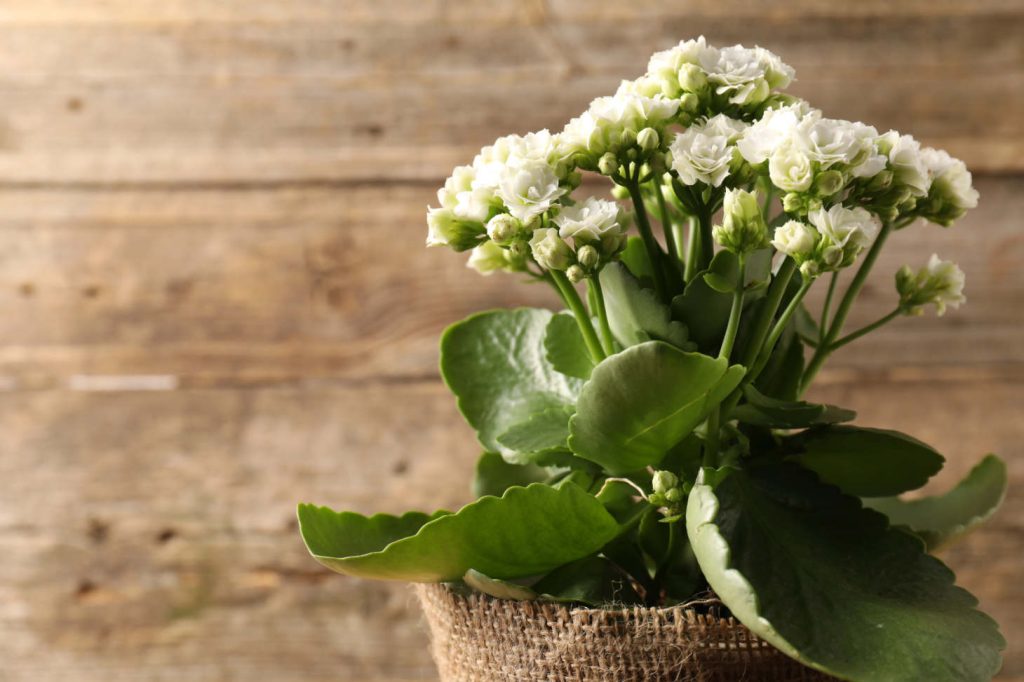
White-flowering succulents also look beautiful in bouquets and cut arrangements. Their sturdy stems and rosettes hold up well out of soil, so they last longer than many traditional flowers. Flowering types such as Echeveria and Kalanchoe are easy to mix with other plants.
Use them in wedding bouquets or table centerpieces for a clean, modern look. For best effect, trim the stems and use floral wire if needed. Pair with green or blue succulents for extra color contrast.
You can also place cuttings in small vases, either alone or with simple greenery. Their unique look and lasting flowers add interest to floral displays without extra work.

